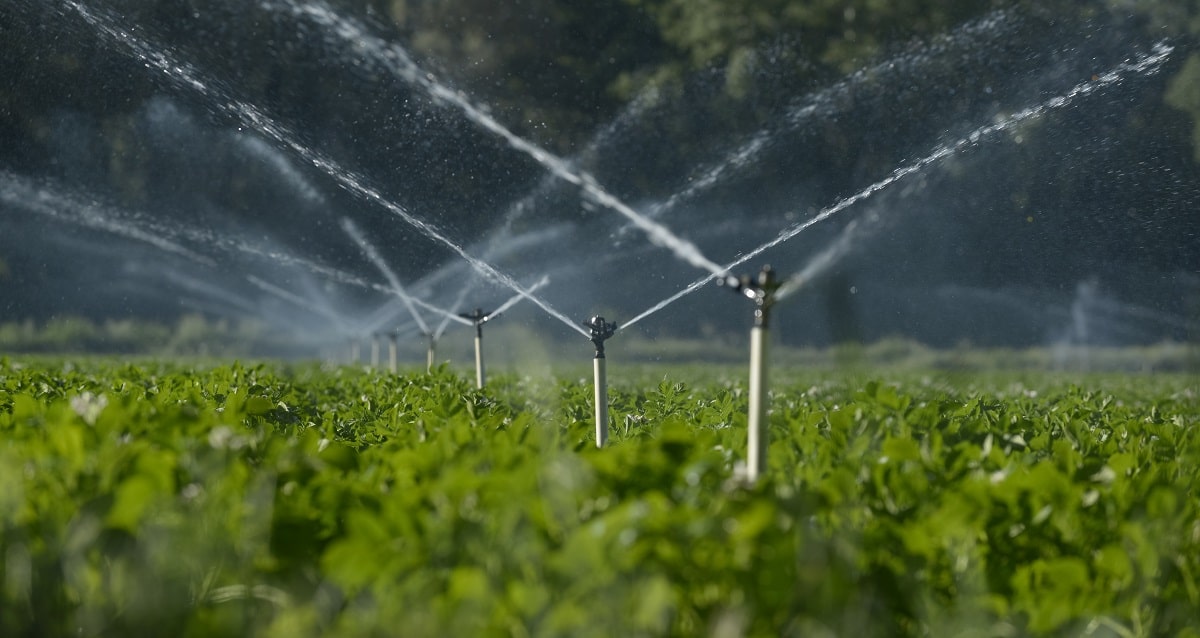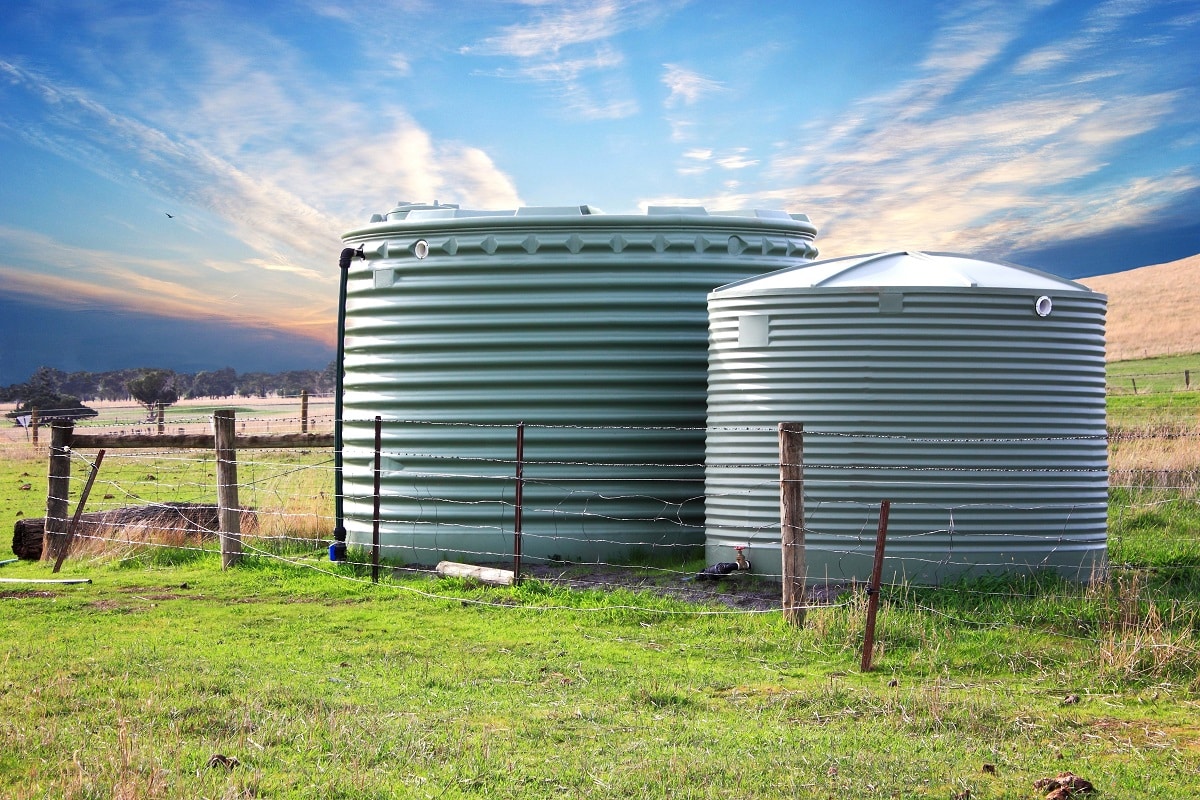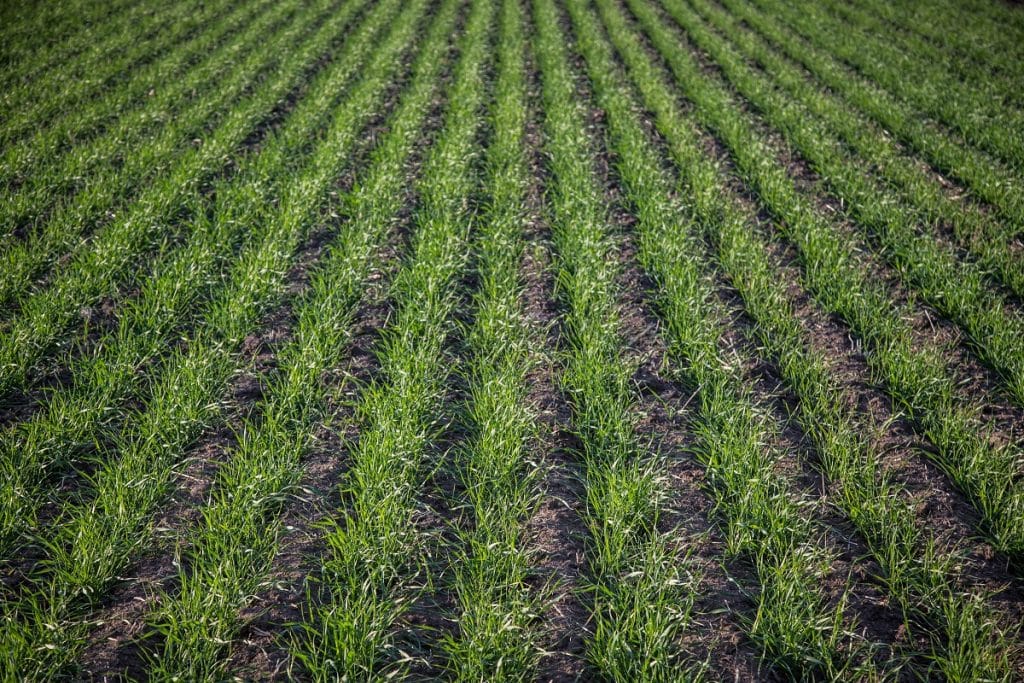- To ensure sufficient water flow for wheat fields, it is essential to have a clear understanding of the water supply in the area.
- To make the most of your water resources, it is recommended to use either efficient sprinkler systems or drip systems with adjustable nozzles.
- You should consider installing an irrigation system that can provide water more efficiently and effectively.
- Ensure the proper functioning of the irrigation system by repairing and replacing any existing equipment.
Water is essential for a successful wheat field business. Without access to proper water flow, crops will fail, and yields will be low. It is, therefore, essential to ensure that your wheat fields have enough water by using the proper irrigation methods and technologies.
This guide explains the steps you can take to make sure your wheat fields receive adequate water flow so that you can maximize production and profits. With these tips, you can create a sustainable environment for growing healthy wheat crops with minimal effort and cost.
Be knowledgeable about the water supply in your area.
Knowledge of your area’s water supply is critical for successful wheat field operations. Here are some tips on how to ensure that your wheat fields have enough water:
Use efficient sprinkler or drip systems with adjustable nozzles.
An efficient sprinkler or drip system with adjustable nozzles is crucial for any business that requires water flow. This system is designed to distribute water evenly across a field area to prevent runoff or wastage of water resources.
To ensure that the system stays in place, it is recommended to use a durable Banjo hose clamp. The adjustable nozzle will remain in the correct position using this clamp, allowing maximum water distribution efficiency. Remember that optimizing water use in agriculture is essential as it is a precious and limited resource. By utilizing an effective irrigation system, businesses can both save money and contribute to conservation efforts for a better future.
Consider installing an irrigation system.

An irrigation system is a vital tool for any agriculture business, as it ensures that crops receive a consistent and appropriate amount of water to promote healthy growth. This system is a network of pipes, valves, and sprinklers that delivers water to fields efficiently and effectively. The benefits of an irrigation system extend beyond just healthier crops, as it also saves time and resources compared to manually watering fields.
Additionally, with the ability to control the water flow through the system, farmers can tailor irrigation to the specific needs of their crops. When running a successful agricultural business, investing in an irrigation system is wise for any farmer looking to streamline their operations.
Repair or replace any existing irrigation equipment.
Properly inspecting and repairing irrigation equipment or installing new systems is crucial for any agricultural business that relies on efficient and effective water flow. Without proper irrigation, crops can suffer from lack of water or over-saturation, leading to stunted growth and potentially lost profits.
Experts recommend regularly inspecting existing irrigation systems to identify leaks, clogs, or other malfunctions hindering water flow. If repairs are needed, knowledgeable professionals should be consulted to ensure the job is done correctly and efficiently.
In cases where new irrigation equipment is necessary, the installation process should be carefully planned and executed to ensure maximum water efficiency. Under the careful watch of experienced technicians, irrigation equipment can be maintained or replaced to optimize an agricultural operation’s water usage and crop yields.
Check soil moisture levels regularly.
One of the most critical aspects of successful crop farming involves closely monitoring soil moisture levels and adjusting watering schedules. Soil moisture refers to the water held in the soil, which directly affects crop growth by promoting nutrient absorption and water flow.
Regularly monitoring soil moisture levels can help farmers identify any moisture-related issues early on, allowing them to adjust their watering routines accordingly. Adequate water management is particularly crucial during the different stages of crop growth, as other crops have varying water requirements. Properly adjusting watering schedules according to crop needs can help farmers avoid under or overwatering their crops, ultimately leading to healthier yields.
Install rainwater harvesting systems.

Rainwater harvesting systems are becoming increasingly popular for businesses looking to save money on water sources for agriculture. By capturing and storing rainwater, businesses can reduce their reliance on other water sources such as wells, springs, and ponds.
This benefits businesses looking to cut costs and the environment as it promotes sustainable water use. Proper installation is critical in ensuring these systems work effectively and efficiently. By consulting with a professional, businesses can ensure that their rainwater harvesting system is installed correctly and can provide adequate water flow for their agricultural needs.
Monitor weather forecasts closely.
To correctly manage irrigation operations, it is crucial to watch the weather forecast. By monitoring weather patterns closely, growers can plan accordingly if heavy rainfall is predicted. This allows for the conservation of both energy and resources while also maintaining healthy crops.
It is important to note that over-irrigation wastes water and can lead to water-logged plants and soil erosion, damaging crop yield. By turning off irrigation operations during rainy periods, growers can ensure proper water flow for their crops. This practice not only benefits the crops but the environment as well. Responsible irrigation techniques ensure farmers can continue producing their products while conserving natural resources.
These are some of the tips for ensuring that your wheat fields receive enough water to ensure a successful business. By keeping these strategies in mind, businesses can establish an effective and eco-friendly setting that supports the growth of crops and results in high profits.
